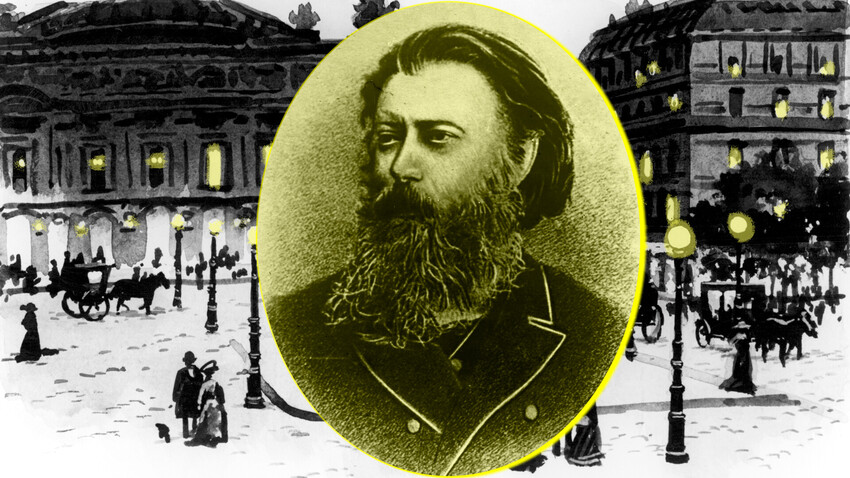
‘Yablochkov candles’ – this phrase was familiar to anyone who was interested in technology at the end of the 19th century. The invention of the Russian scientist aroused minds from London to Los Angeles. His so-called “candles” illuminated all the large cities of the world during the first two years of their existence. Opera Street in Paris, the Louvre, the Théâtre du Châtelet, the bridge over the River Thames, port Le Havre and the London Theater, the St. Petersburg Bolshoi Theater, the palaces of the Persian Shah, the palaces of the Cambodian King, etc… The Russian “candles” were everywhere.
Pavel Yablochkov was born in 1847 in the Saratov Governorate (more than 700 kilometers southeast of Moscow). Little information about his childhood survived; however, we know that, since early childhood, he was distinguished for his curiosity and good faculties for design.
After having been home schooled, Pavel went to the Saratov Gymnasium and then – to the Military engineering-technical university in St. Petersburg. It was in the military field where he studied the topic so interesting to him – electricity.
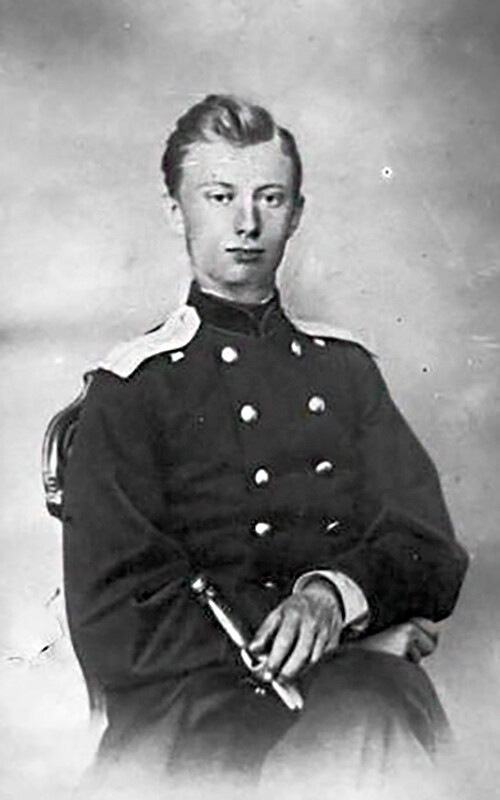
Pavel Yablochkov
Public DomainHowever, during these years, few shared Yablochkov’s interest. The conservative military environment didn’t accept the likes of such experiments, so the 25-year-old Yablochkov resigned and became an electrical engineer. Having found a like-minded person in his friend Nikolai Glukhov, together they opened a workshop in Moscow. The friends planned to accept commissions to manufacture electrical devices. At the same time, Yablochkov would continue his experiments.
Once, he saw how two coal electrodes accidentally touched one another in an electrolytic bath, sparking a bright electric arc. This prompted him to start a project of an arc lamp without a regulator, known today as the ‘Yablochkov candle’.
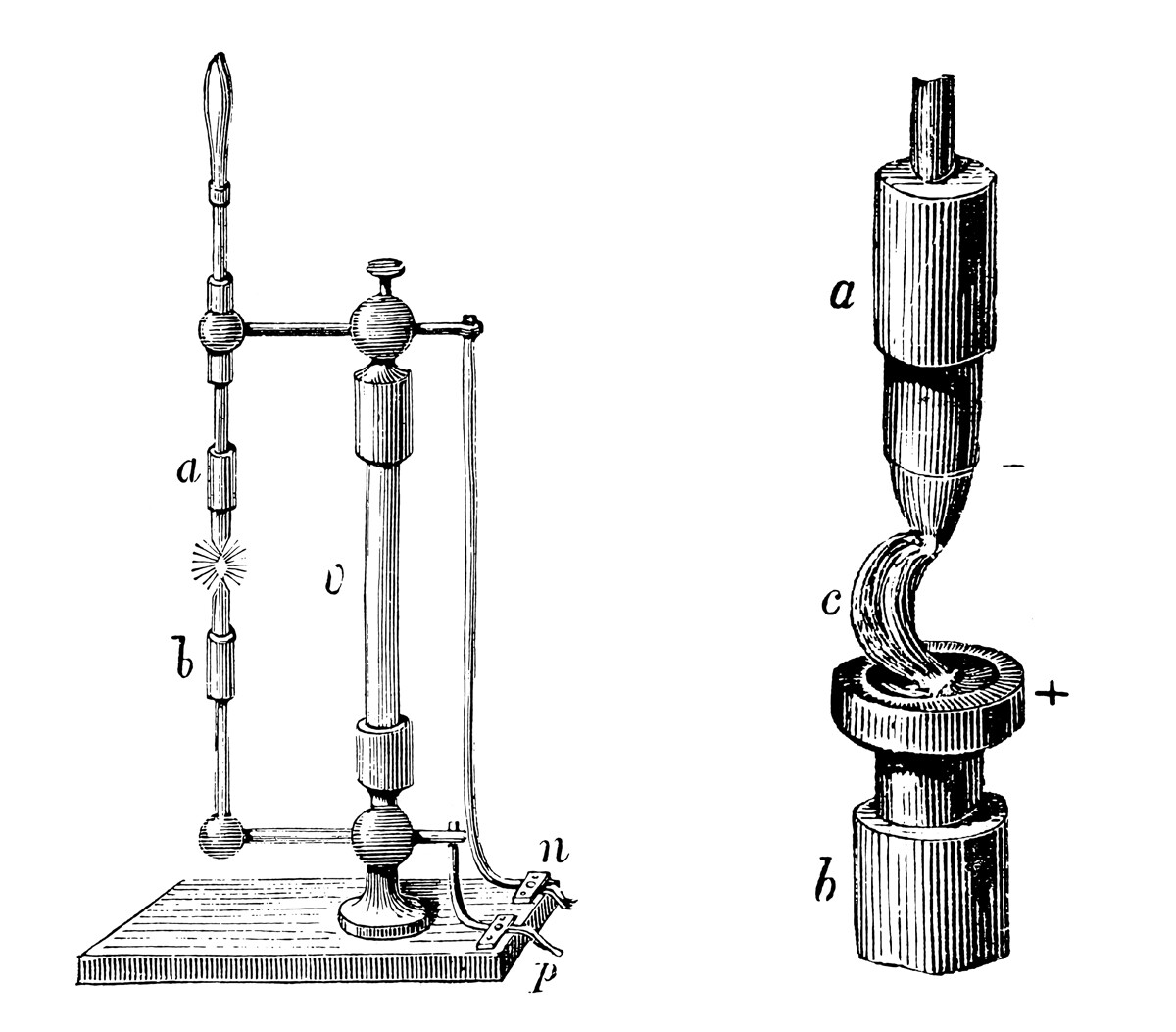
Electric carbon arc lamp, invented in 1876 by Pavel Yablochkov
Getty ImagesHowever, the situation with commissions for the two friends was not good. The scientist was too much into his experiments instead of sales – and the workshop went bankrupt. To somehow fix his financial situation, Yablochkov decided to go to the U.S. to an exhibition in Philadelphia to promote his inventions. However, he had enough funds only to go to Paris.
In France, Yablochkov visited a watch workshop of Abraham-Louis Breguet’s firm. Pavel showed him his invention (back then, he was also working on an electromagnet) and the entrepreneur offered him work.
In 1876, Great Britain hosted the ‘Exhibition of Physical Apparatus’ in London, where Yablochkov was sent as Breguet’s firm’s representative. There, he showed the world his electric candle for the first time, for which he, later, acquired a patent. News about the invention of the “Russian light” spread immediately. Incidentally, this phrase, according to the wish of Yablochkov himself, was engraved on each of his lamps.
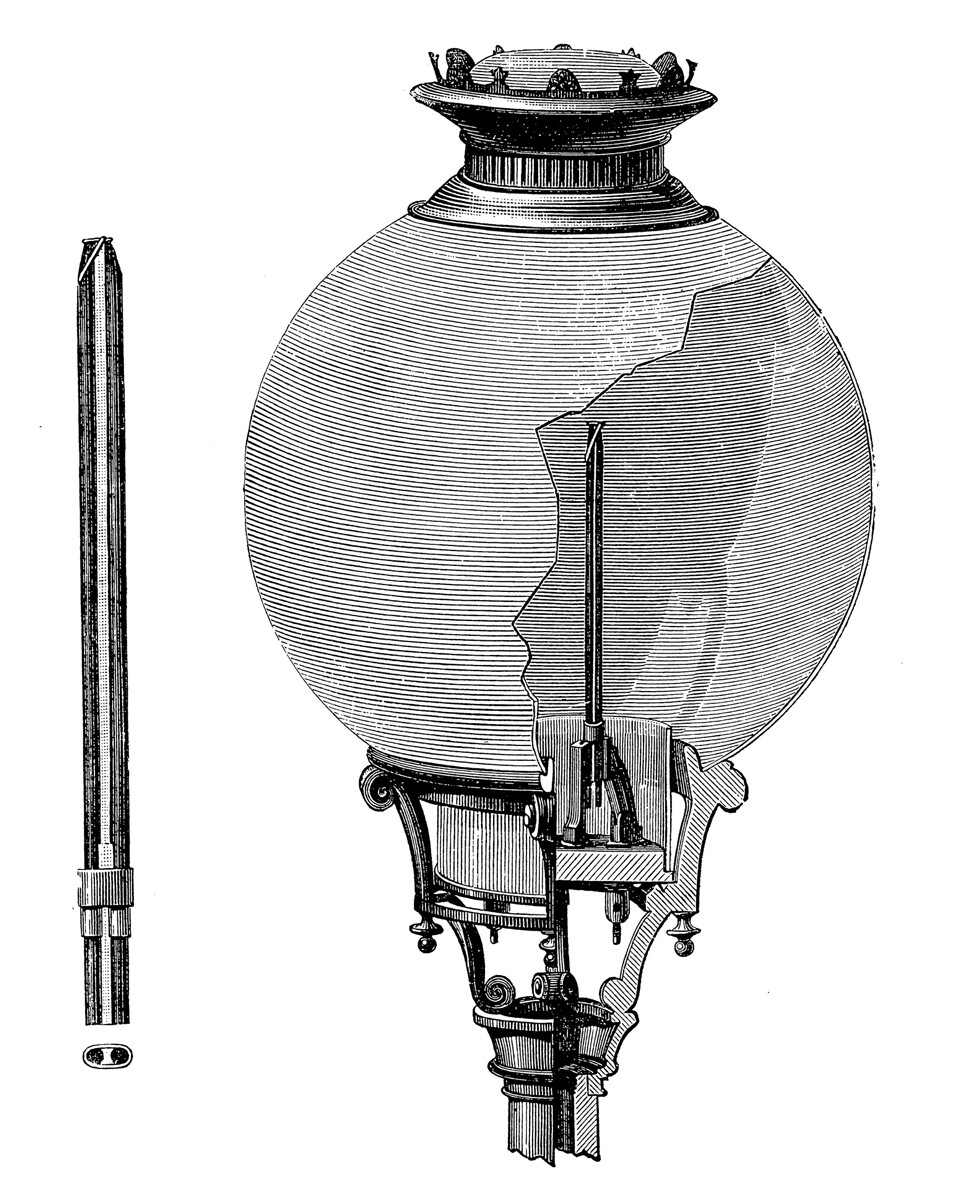
Louis Breguet himself, surprisingly, decided not to promote the electric candle; however, he acquainted Yablochkov with Auguste Denayrouze, a French inventor, who saw enormous potential in it. Denayrouze took over commercial matters, the PR of the new invention and its sales across the world, while Yablochkov oversaw the process and continued to refine his device. And there was still quite a bit to refine.
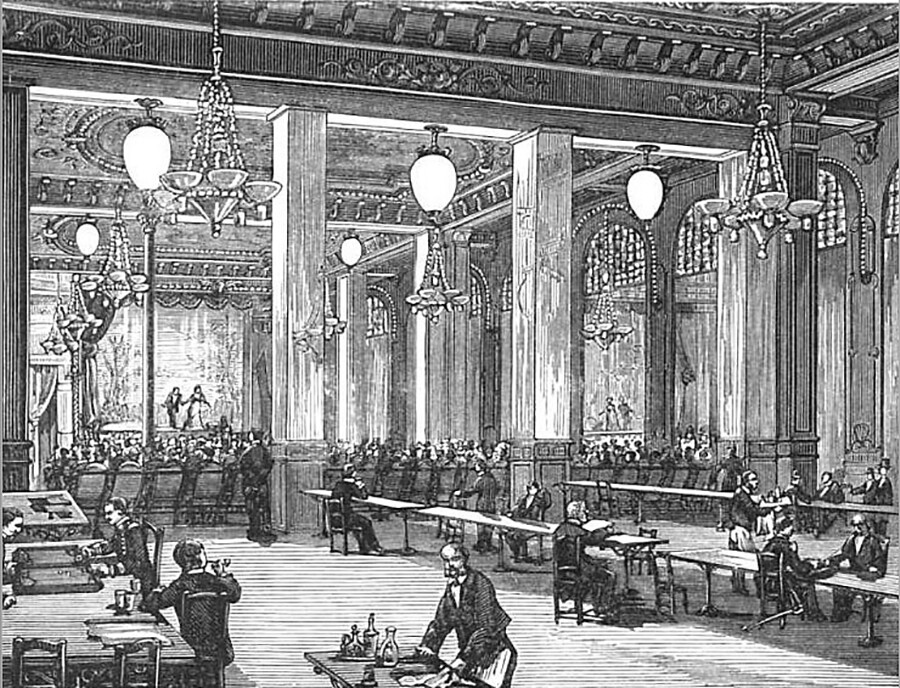
Yablochkov arc lamps illuminating Music hall on la Place du Chateau d'eau in Paris ca 1880
Public DomainThe first version of the “candle” burned for about an hour. The scientist doubled this time. It became comparable with the “work” time of a regular candle, however arc lamps were incredibly bright and more reliable. Burned-down elements of the “candle” were replaced by lamplighters at first, but then, Yablochkov created a design that would replace burned-down elements automatically.
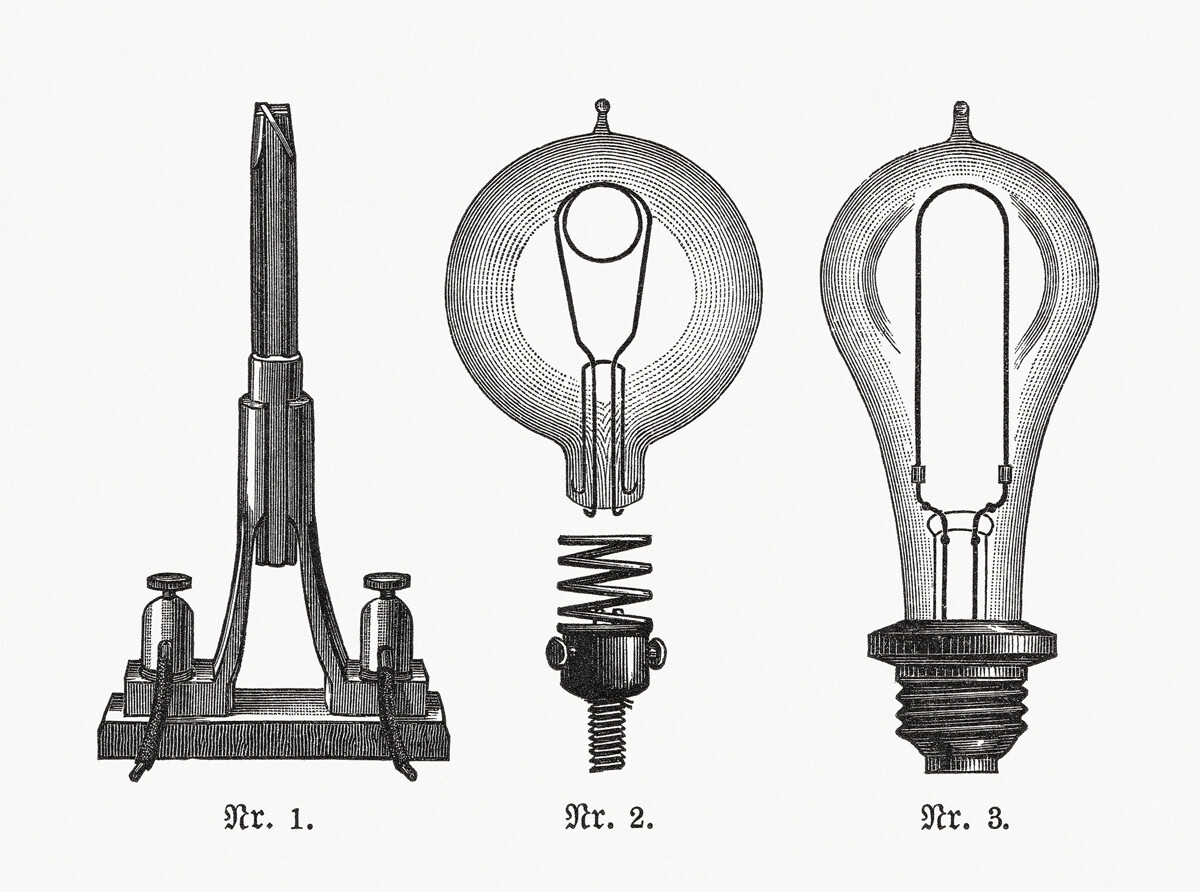
The success of the “candles” infatuated Yablochkov. In 1878, the inventor decided to move the production of the “candles” to Russia and believed that this enterprise was very lucrative. He and his partners bought out the right to produce the candles from Denayrouze’s company for one million francs. The majority of this sum was covered by the inventor himself, who sold all his company shares. As such, a company with a very long name ‘Association of Electric Lighting and Manufacturing of Electric Machines and Apparatus, P.N. Yablochkov the Inventor and Co’ appeared. These lamps illuminated the square in front of the Alexandrinsky Theater, the Palace Bridge, as well as the Gostiny Dvor in St. Petersburg; they also appeared on military courts and on factories.
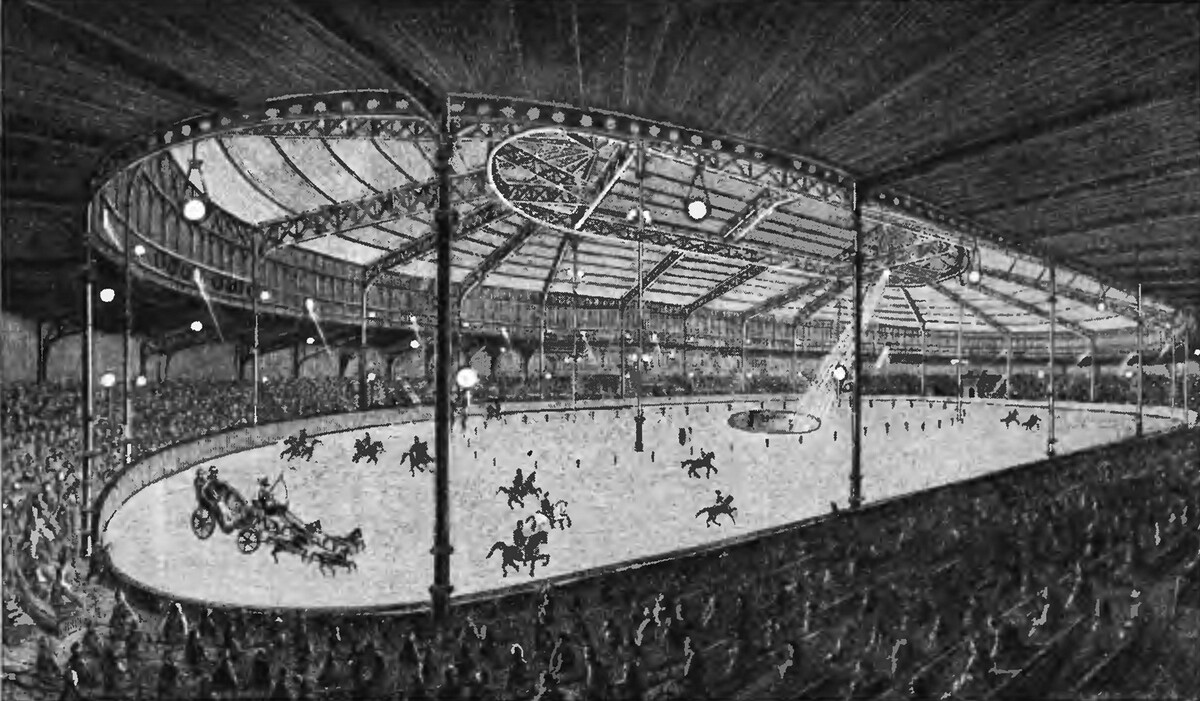
The Paris Hippodrome was lit with 128 Yablochkov candles, with approximately one Gramme generator required per 20 lights
Public DomainIn the end, Yablochkov couldn’t manage to develop a successful enterprise in Russia, due to many reasons. Mass city electrification with the help of the “candles” was not supported by city authorities (they already had a contract for gas lamps). Aside from that, many spare parts for these lamps had to be ordered from overseas, since Russia didn’t have sufficient technical equipment at the time.
But, a more important reason for the short era of the “candles” were the incandescent lamps. ‘Yablochkov candles’ didn’t survive competition with the brainchild of Thomas Edison or Alexander Lodygin, the incandescent lamps of another Russian scientist. Incandescent lamps soon equaled the “candles” in luminosity, but they were cheaper and could work for 1,000 hours and longer.
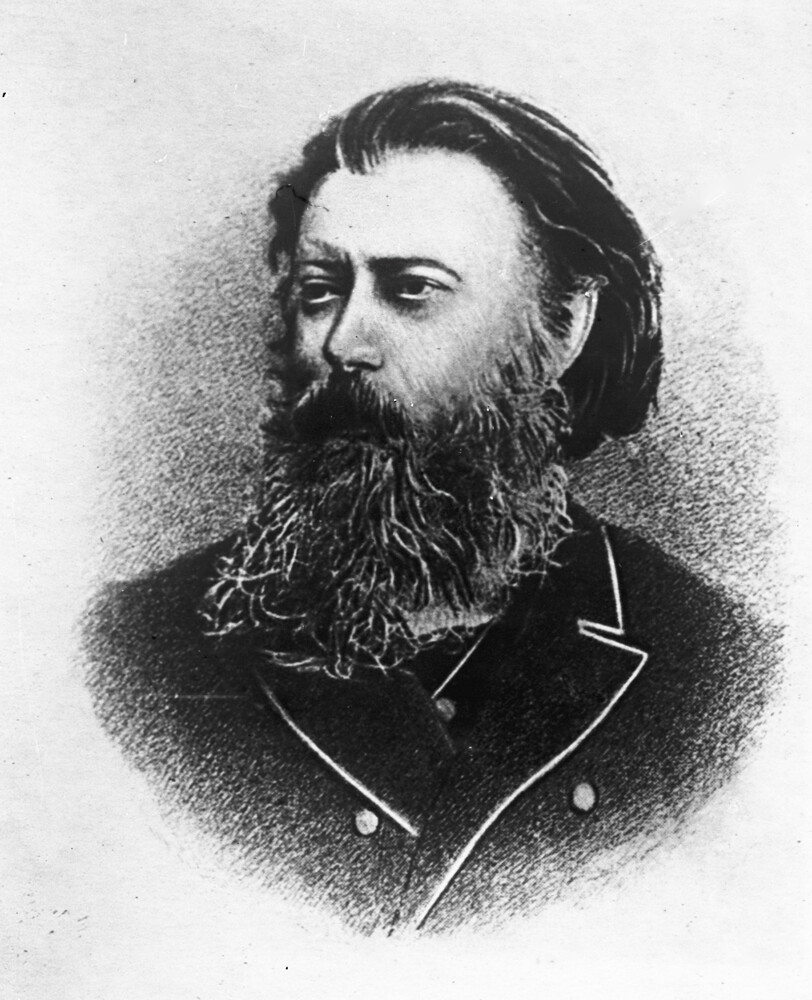
Pavel Yablochkov
SputnikPavel Yablochkov’s only option was to continue other research of electricity. He often traveled to Russia from France, but couldn’t fit anywhere, since he had already lost the fame of a renowned inventor in his homeland and he had neither shares nor influence in Denayrouze’s company where he was still listed.
Strained travels and ceaseless work on inventions undermined Yablochkov’s health even further – he survived two strokes.
At the sunset of his career in 1892, he returned to his homeland for good. There, he had only his most loyal friends and relatives. He stopped at the ‘Tsentralnye nomera’ hotel, which was considered one of the cheapest in the city. In his room, Yablochkov arranged a small laboratory and continued working on his inventions until the end of his life – particularly on the Saratov illumination project. But, he wasn’t able to finish his work.
In 1894, Yablochkov died; he was buried in his family crypt in the church graveyard on the outskirts of the Sapozhok village (Saratov Region).
If using any of Russia Beyond's content, partly or in full, always provide an active hyperlink to the original material.
Subscribe
to our newsletter!
Get the week's best stories straight to your inbox